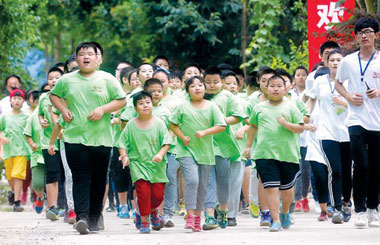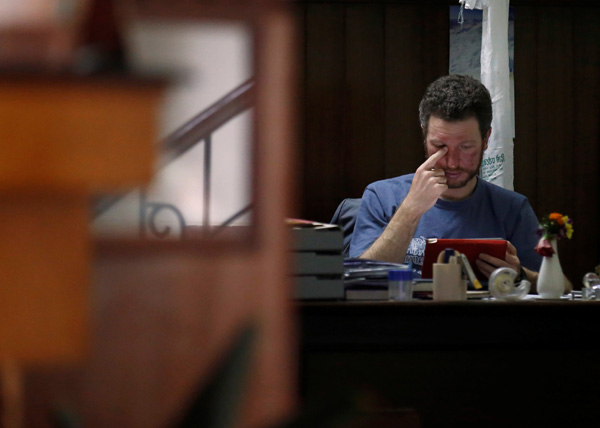Qomolangma safety under scrutiny as third climber dies
Updated: 2016-05-25 14:53
(Agencies)
|
|||||||||
KATHMANDU/SYDNEY - A 43-year-old Indian mountaineer has died while descending from the summit of Mount Qomolangma, in the third fatality on the world's tallest mountain in as many days since climbing resumed after last year's avalanche tragedy at Base Camp.
Subash Paul, who climbed the 8,850 metre (29,035 feet) on Saturday, perished the next day due to exhaustion, Wangchu Sherpa of the Trekking Camp Nepal company said on Monday.
An Australian woman and a Dutch national have also died since Friday due to altitude sickness in the notorious 'death zone' where the air is so thin that only the fittest can survive without supplementary oxygen.
Hiking officials and climbing veterans say the deaths raise questions about the preparations and safety standards of some climbing operators, with cut-price local companies competing for business as international outfits scale back operations.
This year's Everest campaign has been hit by high winds on some days when climbers had been counting on the weather 'window' to open to make their summit bids before the monsoon sweeps in next month.
Queues have formed on the final stretch to the summit, which is often secured by a single rope line, leading veterans to complain that slow and inexperienced climbers were holding up others and putting them at undue risk.
"Many climbers without any experience crowd Everest every year, and companies often use poor quality equipment... offering cheap packages to clients who are exposed to security risks," Nepal Mountaineering Association Chief Ang Tshering Sherpa said.
"Climbers with well-managed companies employing experienced guides are safe."
Hiking officials blame the government, which charges $11,000 for each Everest permit, for failing to spend any money on safety measures. The government collected $3.1 million from 289 climbers as permit fees so far this year.
But officials blame inadequate preparation on the part of climbers.
"The deaths were not due to accident or the crowd," Tourism Department official Sudarshan Dhakal said. "Energy loss and altitude sickness mean that they were not well prepared."
Related Stories
Student mountaineers of Peking University to challenge Qomolangma 2016-05-04 19:00
Mt. Qomolangma glaciers shrink 28% in 40 years: Report 2015-12-08 18:46
Mt Qomolangma gets warmer: report 2015-12-07 07:45
Trail route to Mount Qomolangma undamaged by quake: report 2015-08-07 21:19
Qomolangma Tibet base camp to reopen 2015-06-30 14:57
Mt. Qomolangma moves 40 cm northeastward in 10 years 2015-06-15 19:43
Today's Top News
Refugees relocated during major police operation
China calls for concerted anti-terror efforts
London's financial centre warns of dangers of Brexit
Russia blasts NATO for Cold War mentality
Vietnam, US adopt statement on partnership
Alibaba expands in Belgium amid protectionism
Eiffel Tower to become rental apartment for first time
Wreckage of crashed EgyptAir plane found at sea
Hot Topics
Lunar probe , China growth forecasts, Emission rules get tougher, China seen through 'colored lens', International board,
Editor's Picks

|

|

|

|

|

|








